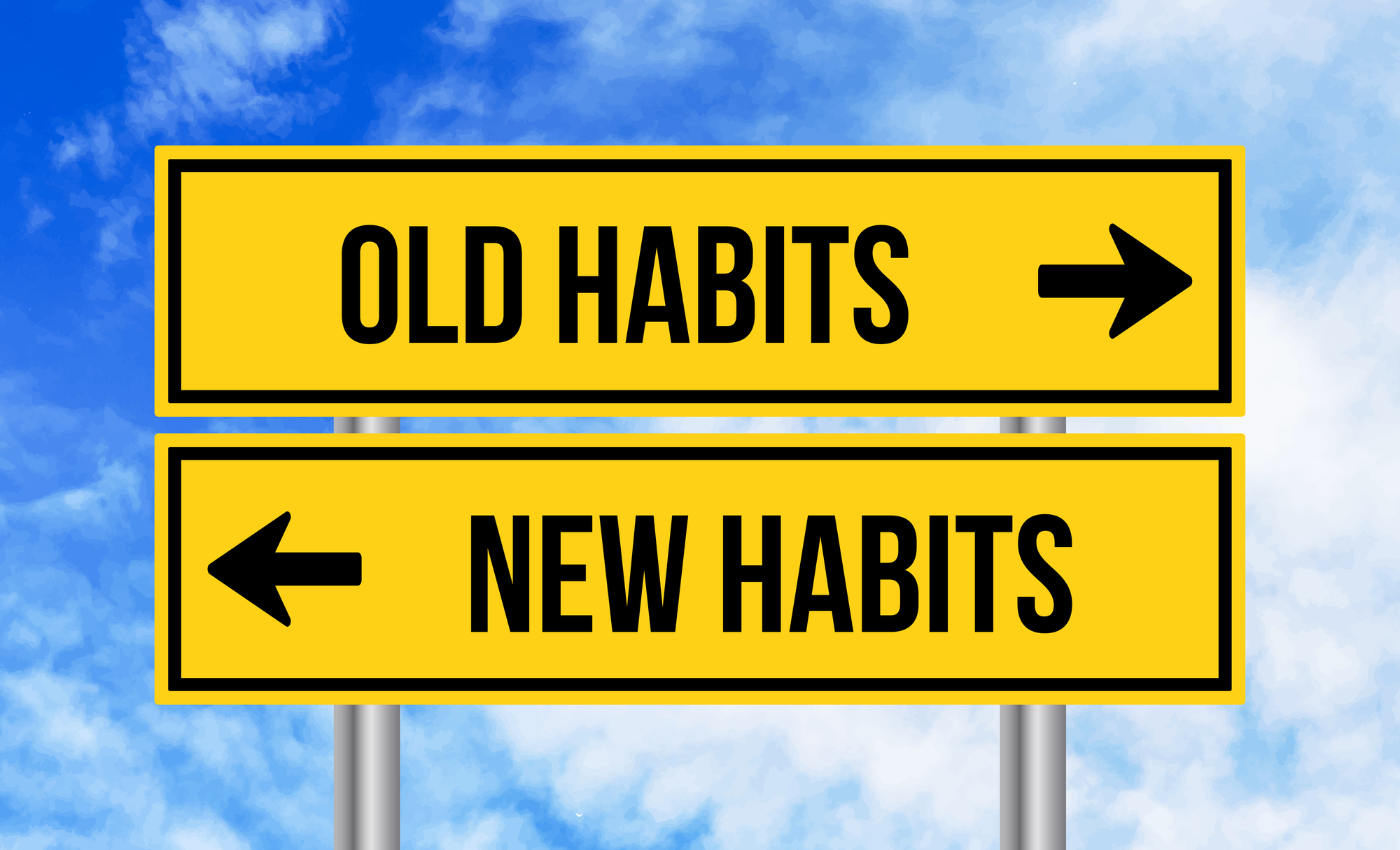It has been 8 months of enduring the pandemic’s effects and we are facing an uptick in cases and increasing burnout and fatigue. In previous blogs, I discussed the value of self-awareness in a crisis and the importance of managing your stress to be able to support and lead others in times of duress. Many of us have been in a kind of holding pattern, trying to evaluate the degree of change that will be permanent. Perhaps your business is having a growth surge and you are doing all you can just to keep up. Either way, the stress continues.
Many have been hoping things will go back to “normal”, a state where we knew how things operated and what was expected from us. Now, it may be time to recognize that the future we planned on has been irreparably changed. Research by the O.C. Tanner Institute found 77% of employees say their workplace culture will never return to its pre-Covid-19 state. Exactly how things change will vary for each organization, but you can be sure things will change.
Phases of Change
When faced with major change, William Bridges tells us that we transition in three phases: 1) letting go or ending the old; 2) the neutral zone, where we start adjusting, but things are still in flux and we are hesitant to move on; and finally, 3) new beginnings, where a new sense of purpose and direction is embraced. Given that the immediate challenges of the pandemic are going to last well into 2021, it is time to shift out of neutral and drive the organization toward new beginnings.
So, the question becomes, have you examined what the “next normal” is for you and your organization or team? Are you (or your managers) prepared for leadership in a new scenario? What skills or behaviors must you adopt to engage and motivate your team, given the circumstances?
Decision-making and problem solving in times of rapid change requires leaders to be agile. Bill Joiner, co-author of Leadership Agility: 5 Levels of Mastery for Anticipating and Initiating Change (Amazon) tells us tells us, “Agility is the ability to deal effectively with novelty and uncertainly (increased by rapid change) and to effectively manage interdependencies (e.g., collaborate with others).”
Reset Your Leadership
I find the last part of the definition particularly meaningful. Your opportunity as a leader, particularly now when people feel isolated and exhausted, is to re-energize yourself and collaborate with others in the search for a new beginning. Here are some tips for resetting your leadership and creating team engagement and excitement.
- Get as much feedback as you can on what people need from their leaders right now. An engagement survey is a good way to do that. Get feedback on your personal leadership style and how it might be improved.
- Consciously identify how you want to show up as a leader and practice any necessary new behaviors. Choose an observer to give you feedback on how you are doing.
- Engage your people with honest discussion about theirs (and your) current situation. By sharing your challenges, you make it ok for others to voice concerns. Listen and be empathetic.
- Invite people to join you in developing several scenarios for the future evolution of your business. Have them start by gathering future trends and competitive information about your industry or area of expertise.
- Brainstorm new ideas about how to deliver products and services or new lines of business to be explored. This helps people look to the future with positivity. Make sure the group and the thinking are diverse.
- Create project teams for the new ideas to assess the business case and feasibility of the idea. Using your internal processes, launch those ideas that make sense.
A leader’s job is to motivate and inspire. When an organization builds a positive outlook for what can be done with the business, it mitigates hopelessness and gives people new purpose and direction. Leverage the power of diverse and creative thinking that is innate in your people. The keys are to 1) Re-examine and reset your leadership behavior and 2) Listen deeply and be compassionate about the hardships created by the current situation and 3) Involve organizational members in the decision-making and the building of a new future.





